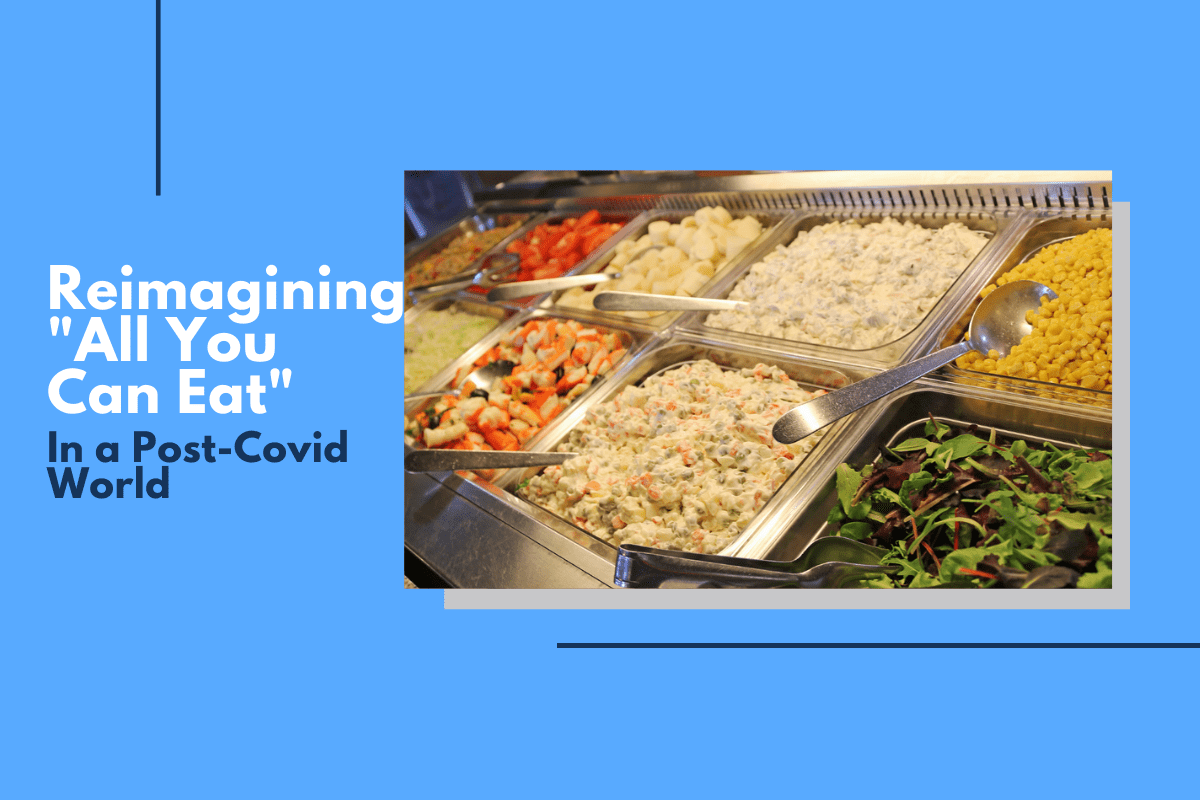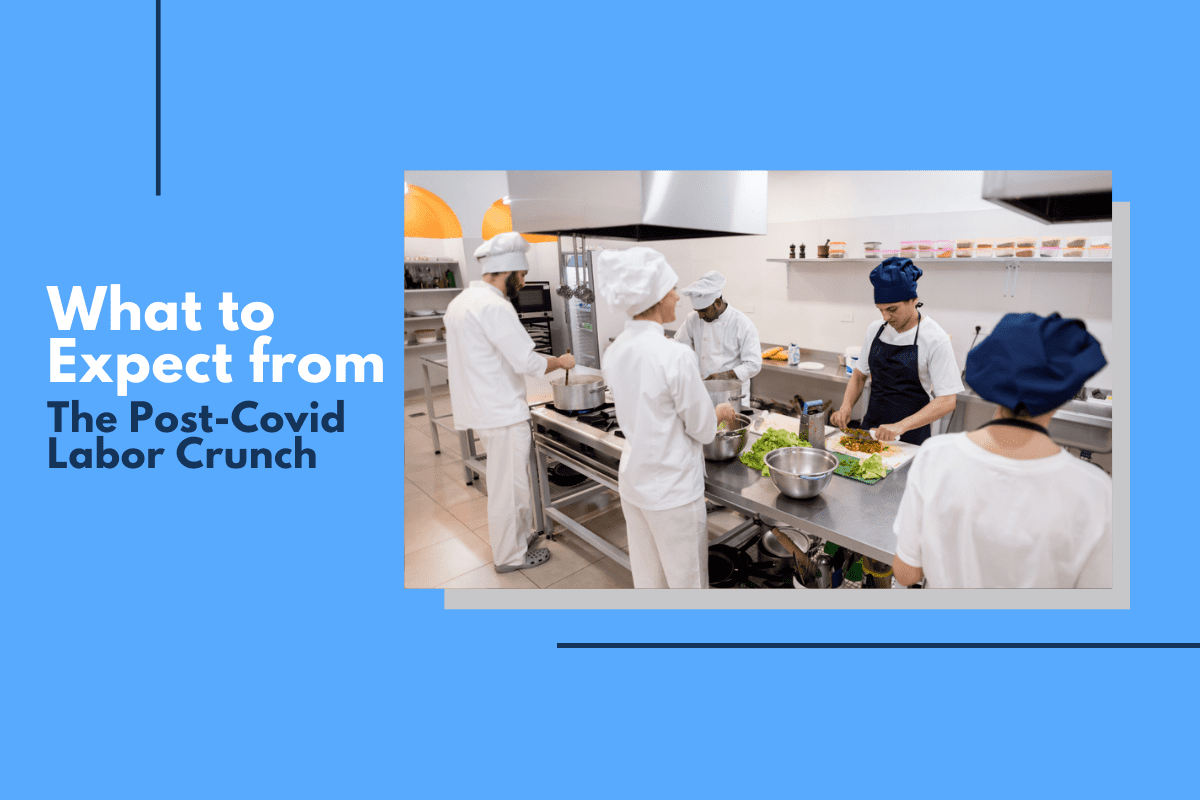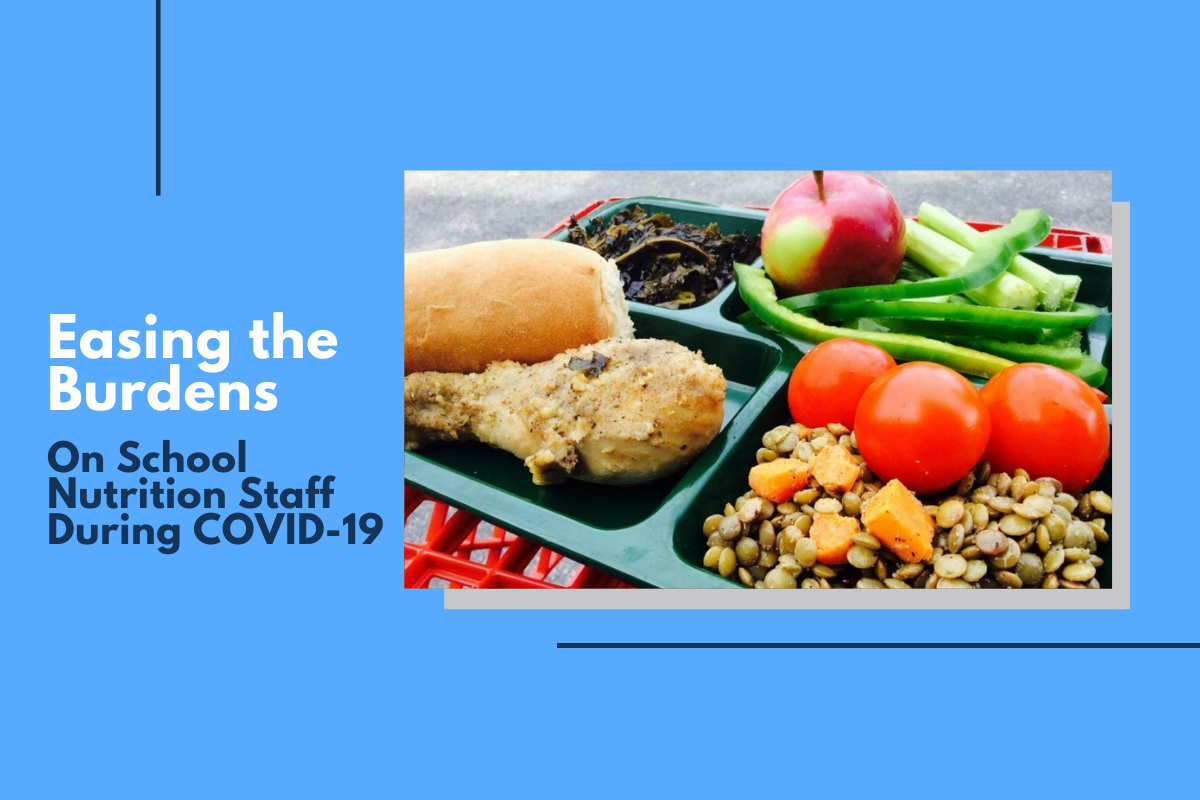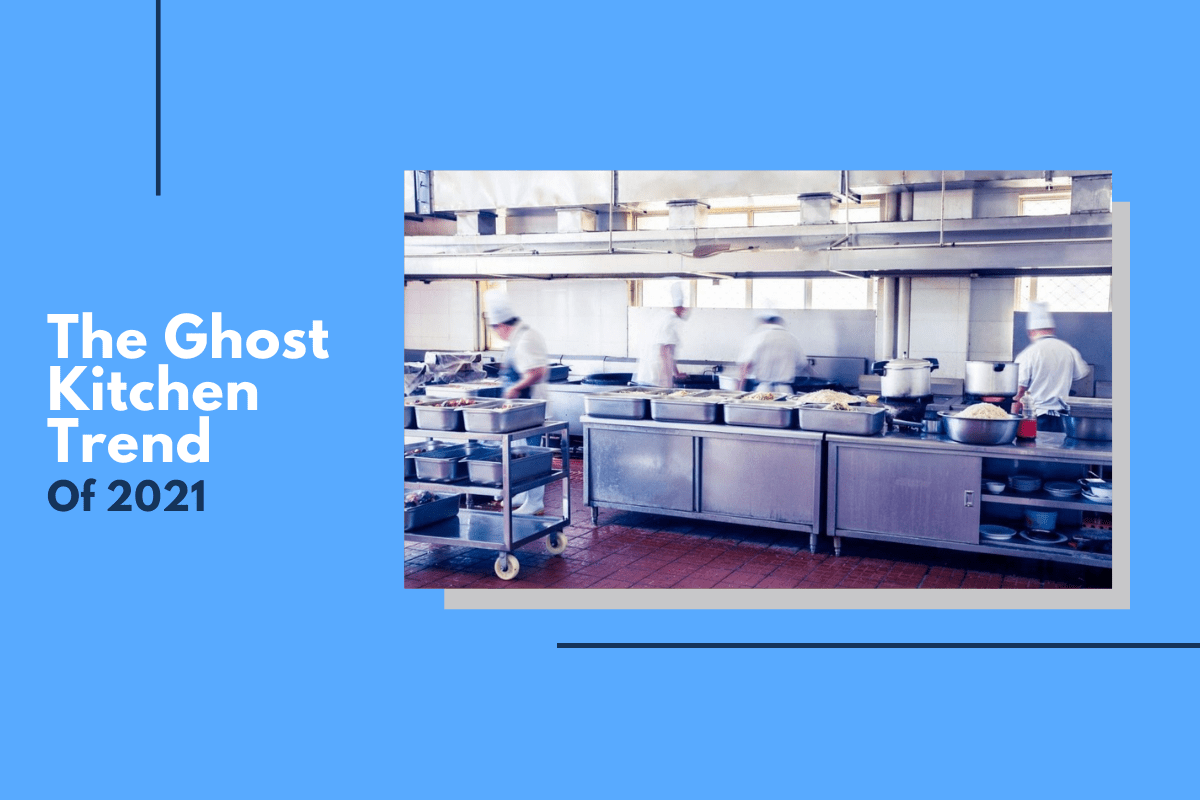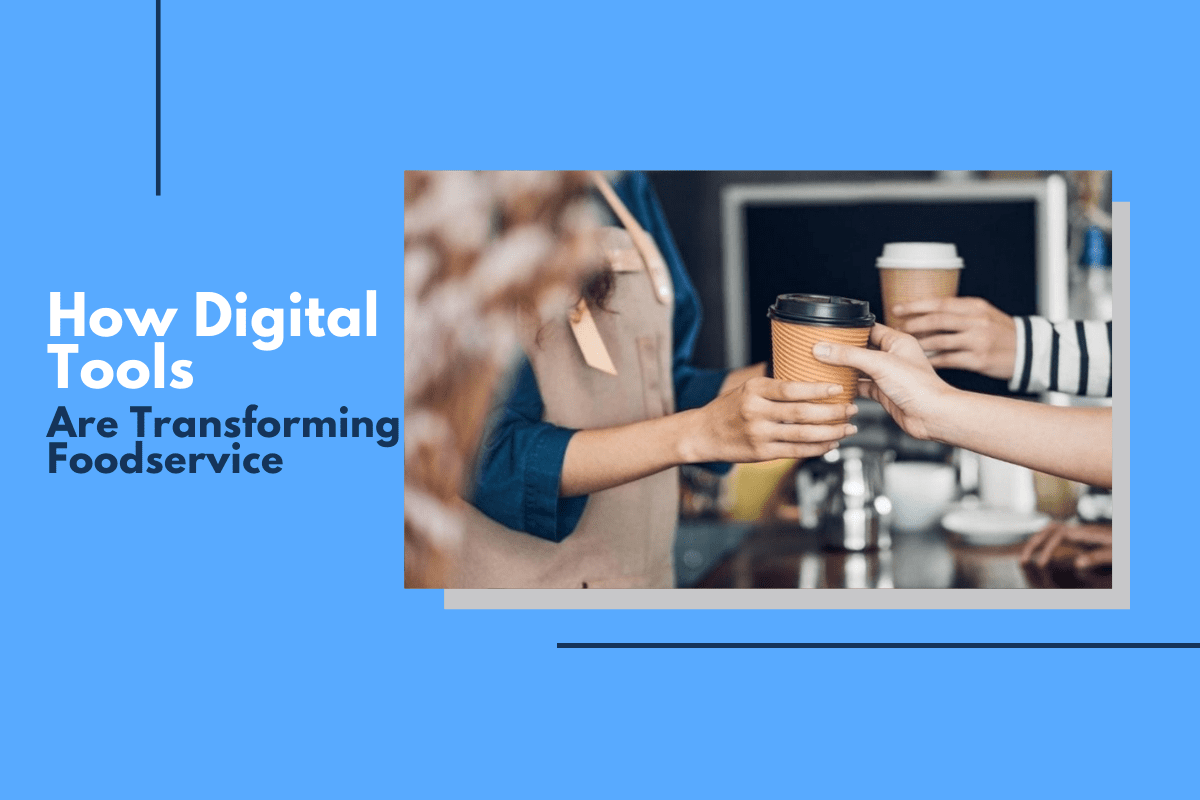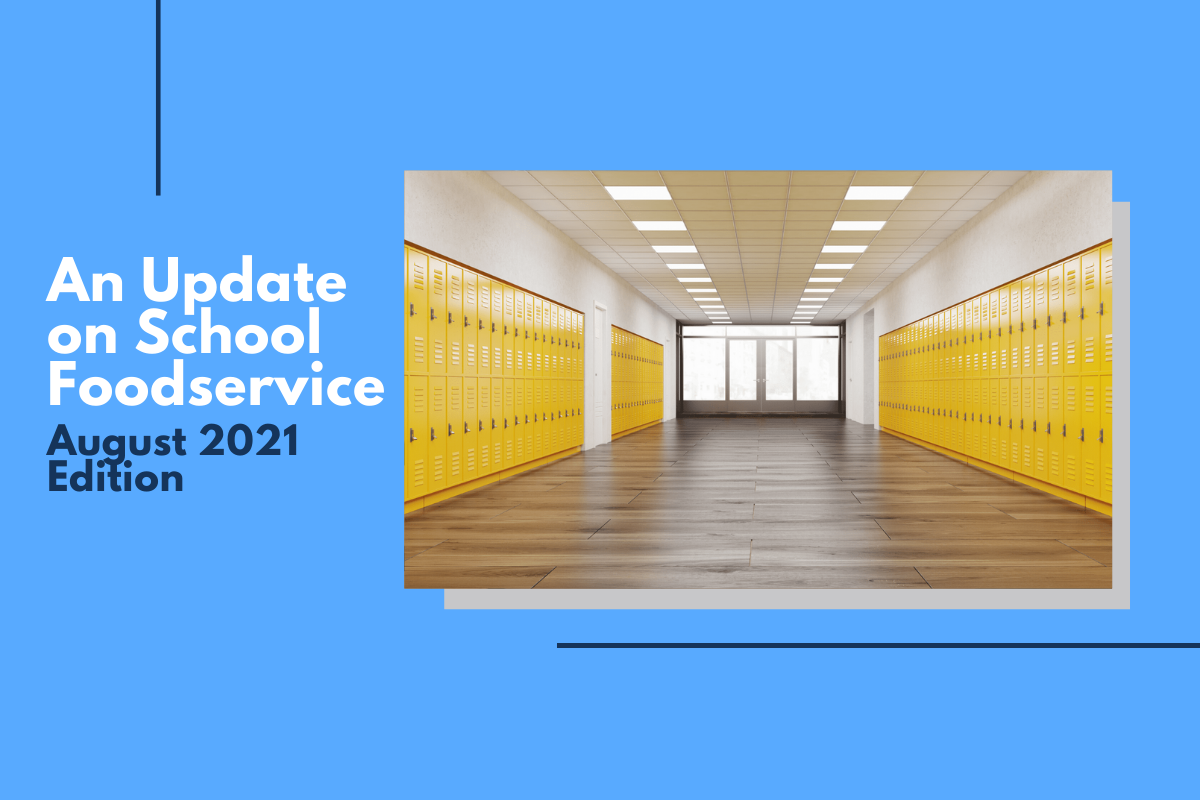
An Update on School Foodservice: August 2021 Edition
Schools are reopening across the country, and while we had hoped this year would look more like two years ago than last, we’re unfortunately seeing situations and challenges still caused by Covid.
Though every district and school has its own set of challenges, the one common factor is uncertainty as we look to reenter our classrooms and cafeterias.
Uncertainty isn’t the end of the world, though, especially if actions are taken that can help school nutrition programs to prepare. While some students might be entering school cafeterias as they did two years ago, in a county across the state, those students might be looking at eating outside as weather permits or even in their classrooms with smaller cohorts.
Simply put, many directors don’t know which direction to take, so it’s ideal to be prepared for a wide range of possibilities. Just consider some of the service types we’ve seen in the last 18 months and are likely to experience in the next 18 months.
CAFETERIA DINING
Some districts continue to serve meals in the cafeteria as they traditionally have. Even still, there are some modifications that are being considered. Spacing students out while in line and while seated is a top priority, as are providing sanitation stations to help reduce the spread of the virus. Moving students through lines quickly and setting up barrier partitions are other safety measures to consider.
IN-CLASS DINING
Many districts are serving both lunch and breakfast directly to students in the classroom. This type of hallway or satellite service keeps students in smaller groups, which allows schools and districts to isolate potential outbreaks and reduce the potential for spread.
CURBSIDE SERVICE
Many school districts and school nutrition professionals became our heroes during the Covid pandemic by continuing to serve our students, particularly those who are food challenged and in need. For those districts that are returning to virtual learning, curbside service will likely be part of the foodservice equation.
Enhance your school foodservice capabilities with the right equipment.
It’s a difficult proposition but preparing for or at least considering what the previous service types might require can help school nutrition directors move quickly if situations arise. One way to make this easier is with the right equipment and supplies.
Lakeside and our family of brands have developed school nutrition solutions that can help directors and staff during the current Covid pandemic and beyond. Our serving lines are designed to help increase the speed of service in any given year, but they can also help reduce potential exposure today. Likewise, while our serving carts enhance in-class and satellite service by preserving food quality, those same carts can be used to create additional points-of-sale once we’re back to normal.
Learn more about Lakeside and our suite of school nutrition solutions!


